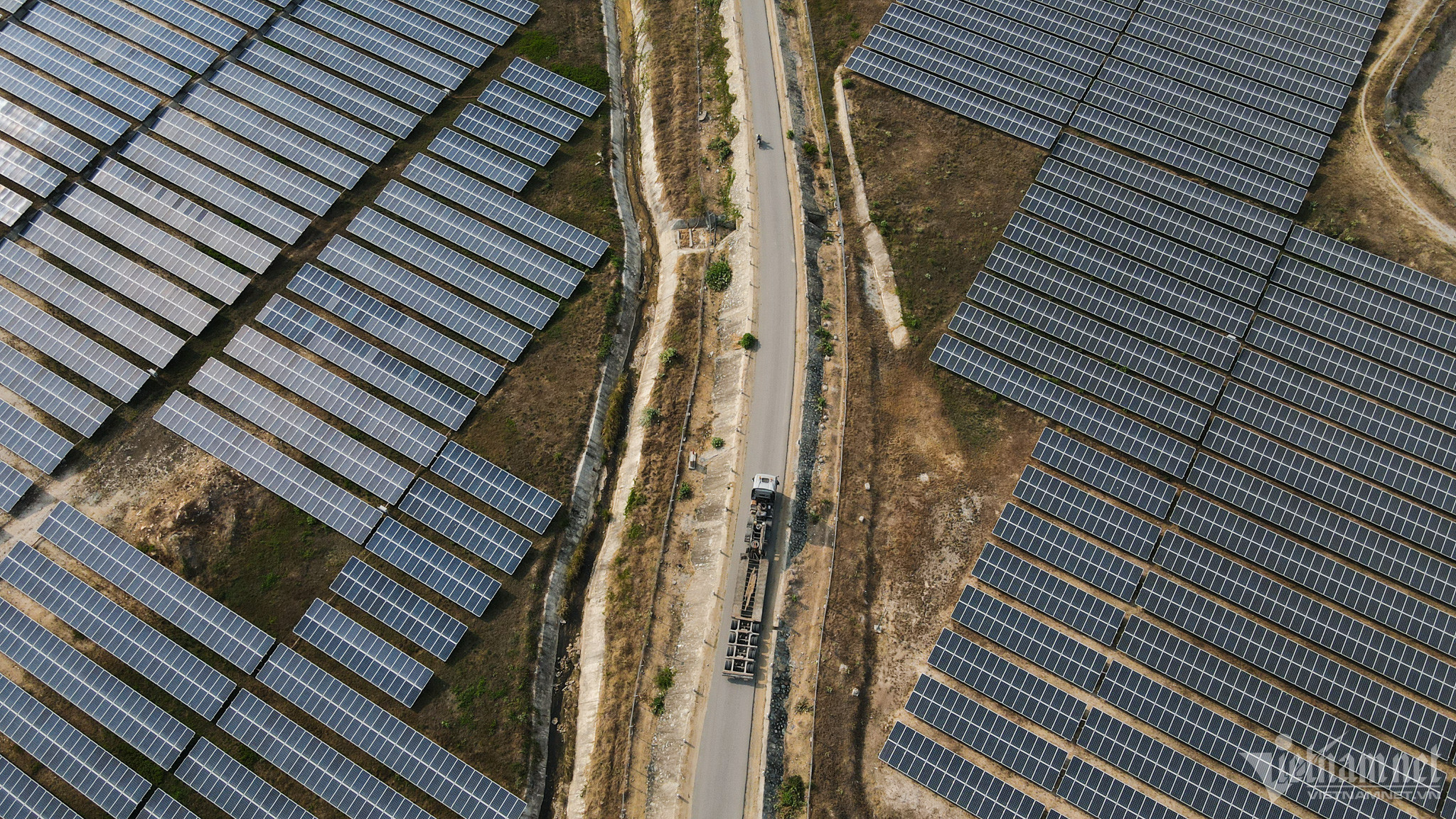
PDP 8 sets the goal of developing renewable energy to serve electricity production. It is expected that by 2050, renewable energy will account for 67.5-71.5 percent of total electricity output, while greenhouse gas emissions from electricity production will be 204-254 million tons by 2030 and fall to 27-31 million tons by 2050.
Under PDP 8, peak emissions will not be higher than 170 million tons by 2030, provided that JETP (Just Energy Transition Partnership) is observed strictly by international partners.
Vietnam will build a smart electricity grid system, capable of integrating and operating large-scale renewable energy sources safely and effectively.
In addition, Vietnam will develop electricity sources from renewables and produce new energy for export. It is expected that by 2030, Vietnam’s power exports will reach 5,000-10,000MW.
The noteworthy point of the PDP 8 is that Vietnam won’t build more coal-fired power plants after 2030, and it will gradually shift to use biomass fuel, or ammonia; and prioritize developing gas-fired power.
In the future, Vietnam will fire mixed materials before shifting to 100 percent fire hydrogen and ammonia in the long term. After 2035, it will not develop new LNG sources.
Notably, PDP 8 has put forward different additional charge and source development options, with consideration of different development perspectives. It balances different types of electricity sources; reduces long-distance transmission; and increases solar, wind, biomass power, with priority given to off-grid solar power.
It is expected that the proportion of coal-fired electricity output will decrease rapidly from 46.5 percent in 2020 to 34.8 percent by 2030.
Meanwhile, the proportion of gas-fired power is expected to increase from 10.2 percent (7.08GW) in 2020 to 21.8 percent (32GW) by 2030.
This is the source of electricity that produces less greenhouse gas emissions, and it can support renewable sources. The proportion of gas-fired power will increase from 12.5 percent in 2020 to 25.5 percent by 2030.
As for hydropower, solar, wind and biomass power, the proportion would increase from 38.2GW in 2020 to 73.78GW, especially wind, solar and biomass power would rise from 17.4GW to 44.4GW.
It is expected that the proportion of the total renewables sources in capacity structure would account for 50.3 percent by 2030, though the proportion of hydropower decreases sharply because the leftover potentials are small (reduced from 30 percent to 20 percent). The electricity to be produced from renewables would account for 36 percent by 2030.
Regarding the development of the transmission network, PDP 8 says in 2021-2030, the total investment capital needed for the network development is $134.7 billion.